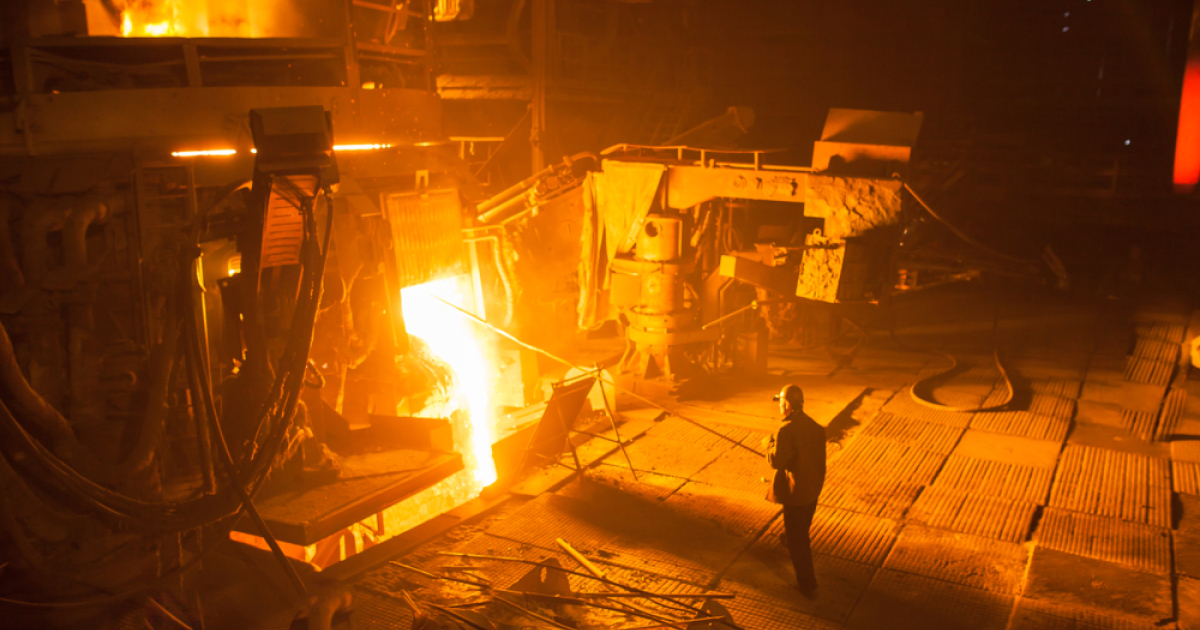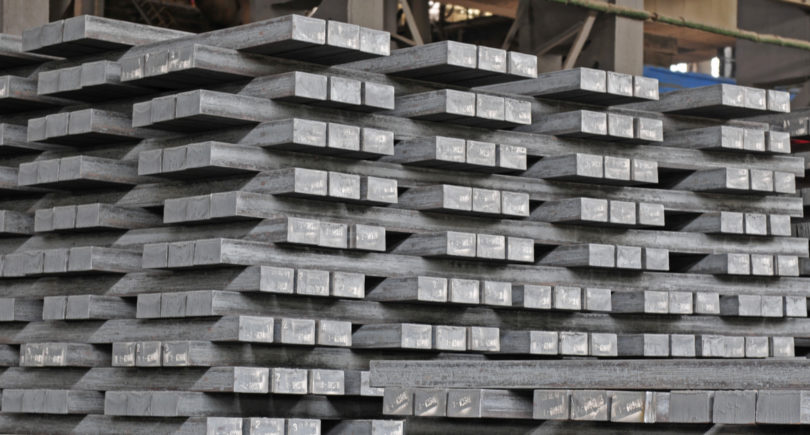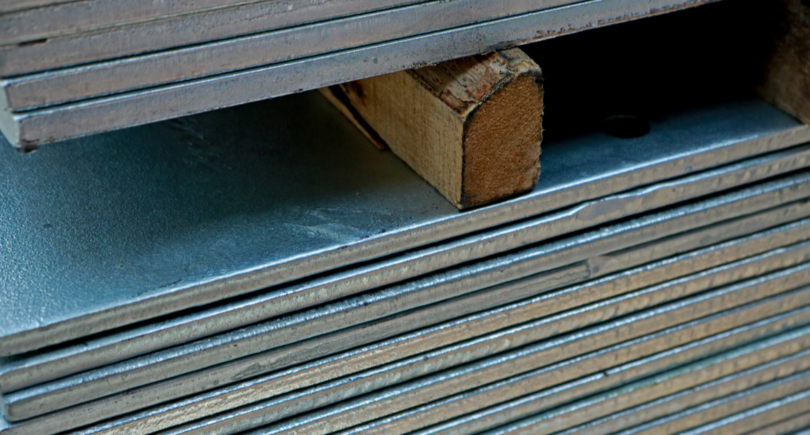
A working group has been set up at the Ministry of Industry to identify challenges and recommendations for the industry
The Ministry of Industry of Poland has set up a working group to develop a national strategy for the steel sector. This is stated in the message of the Ministry.
The group will be chaired by Polish Minister of Industry Marzena Czarnecka and will include representatives of the Polish electricity transmission system operator PSE and the Polish Steel Industry and Chamber of Commerce (HIPH).
The group’s tasks will include identifying the main challenges for the steel industry that require intervention at the national and European levels; developing proposals to improve the functioning of the industry; identifying regulations that need to be changed; and providing opinions on the draft national strategy for the steel industry.
The team, which started working in early 2025, is to be disbanded after the draft national steel industry strategy is presented to the Minister and adopted.
According to Andrzej Karol, chairman of the National Metallurgy Section of NSZZ Solidarność (an independent self-governing trade union), the country has a problem with all energy-intensive industries, not just metallurgy, Interia Biznes reports. He also noted that the European steel industry (including plants operating in Poland) is suffering from high energy prices and overproduction of cheap steel in Asia.
HIPH has also been paying attention to the dramatic situation in the steel industry for a long time. In particular, 2023 ended not only with a sharp drop in production and prices for steel products, but also in the production of certain finished steel products. According to Miroslav Motyka, CEO of HIPH, the optimal point is 85% capacity utilization, while in 2023 this figure was only 60%.
According to Andriy Tarasenko, Chief Analyst at GMK Center, the Polish steel market is going through a crisis period that began in 2010-2013.
“Imports have grown by 18% over the past 10 years. Meanwhile, the production of finished steel products in Poland fell by 14% over the same period. A number of production facilities were closed, such as ArcelorMittal Krakow. Several companies are in permanent bankruptcy. The share of imports in the market is catastrophic – 73% in 2024. The situation is even worse in the flat products segment, where imports account for up to 88% of consumption. The local steel industry needs not only urgent resuscitation measures, but also a systemic policy to rebuild the industry and ensure its long-term competitiveness,” he emphasized.
As GMK Center reported earlier, Poland needs a strategic decision on the direction of decarbonization of the country’s steel industry, and delaying it will increase the trade gap and lead to uncontrolled transformation, according to the Instrat report.
Local steel producers are under growing pressure from non-European competitors. In addition, the free allocation of CO2 emission allowances under the EU ETS will be gradually phased out in 2026 and CBAM will be finally implemented. At the same time, energy prices in the country are likely to remain higher than in the rest of Europe for a long time.




